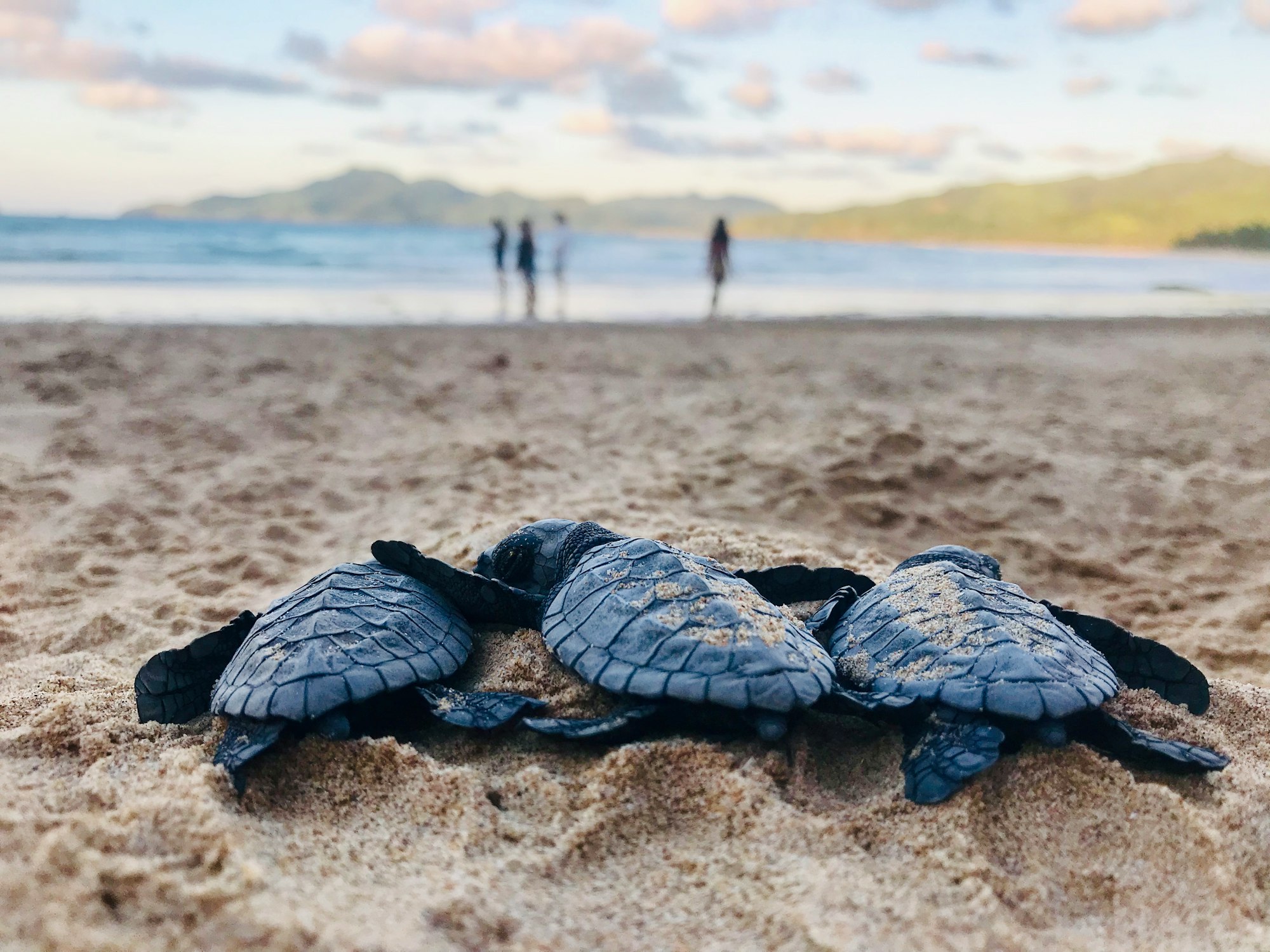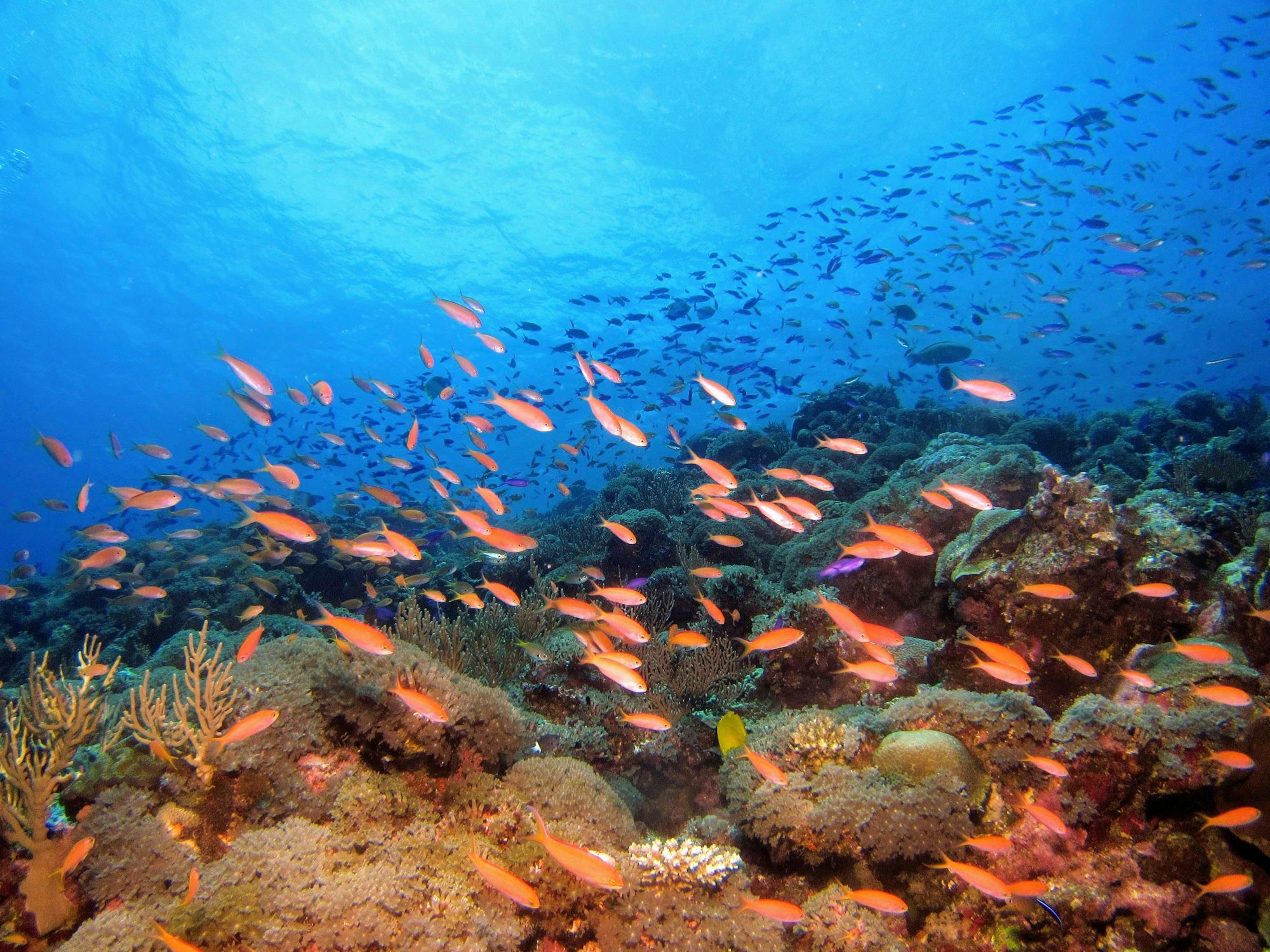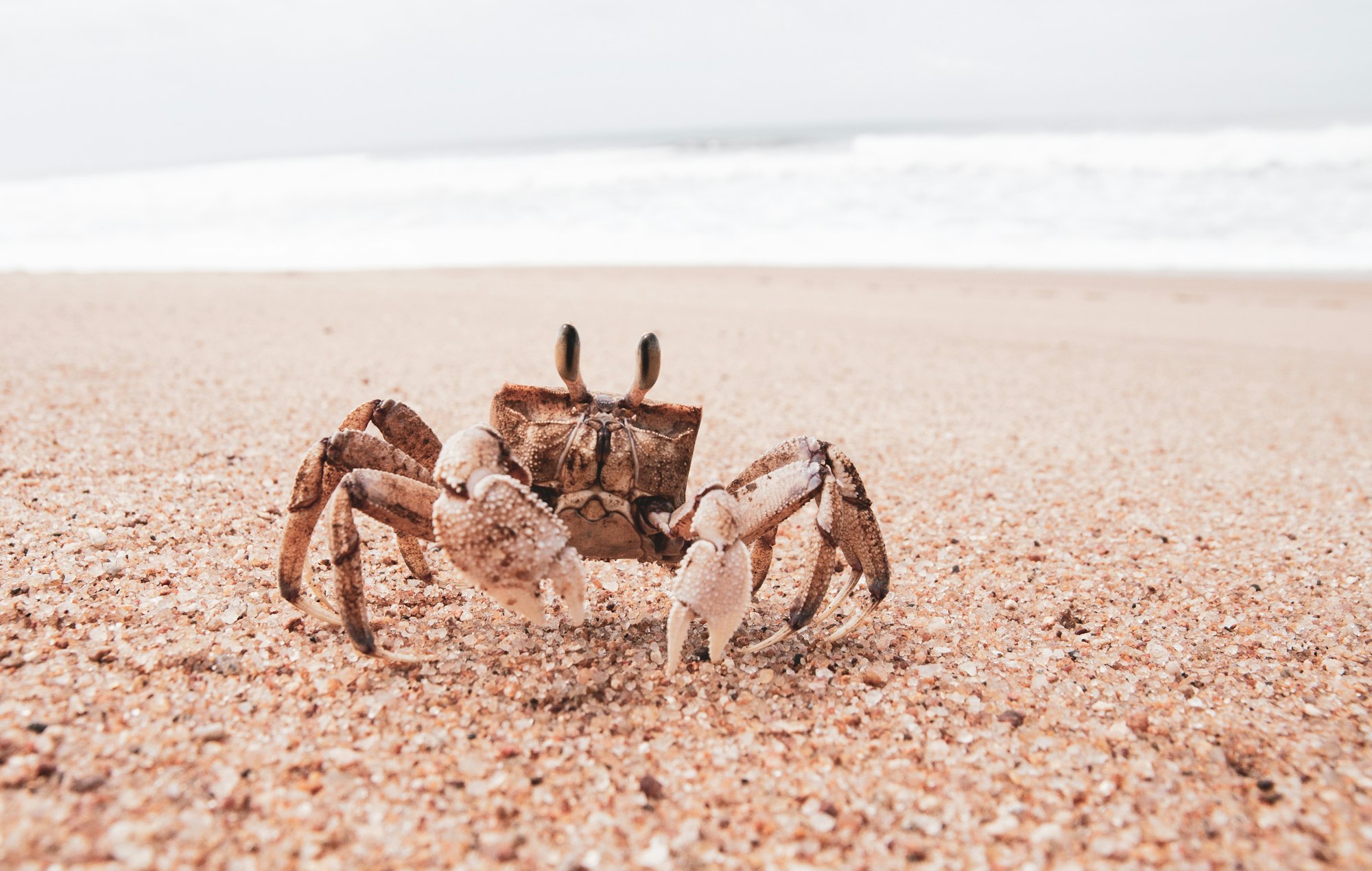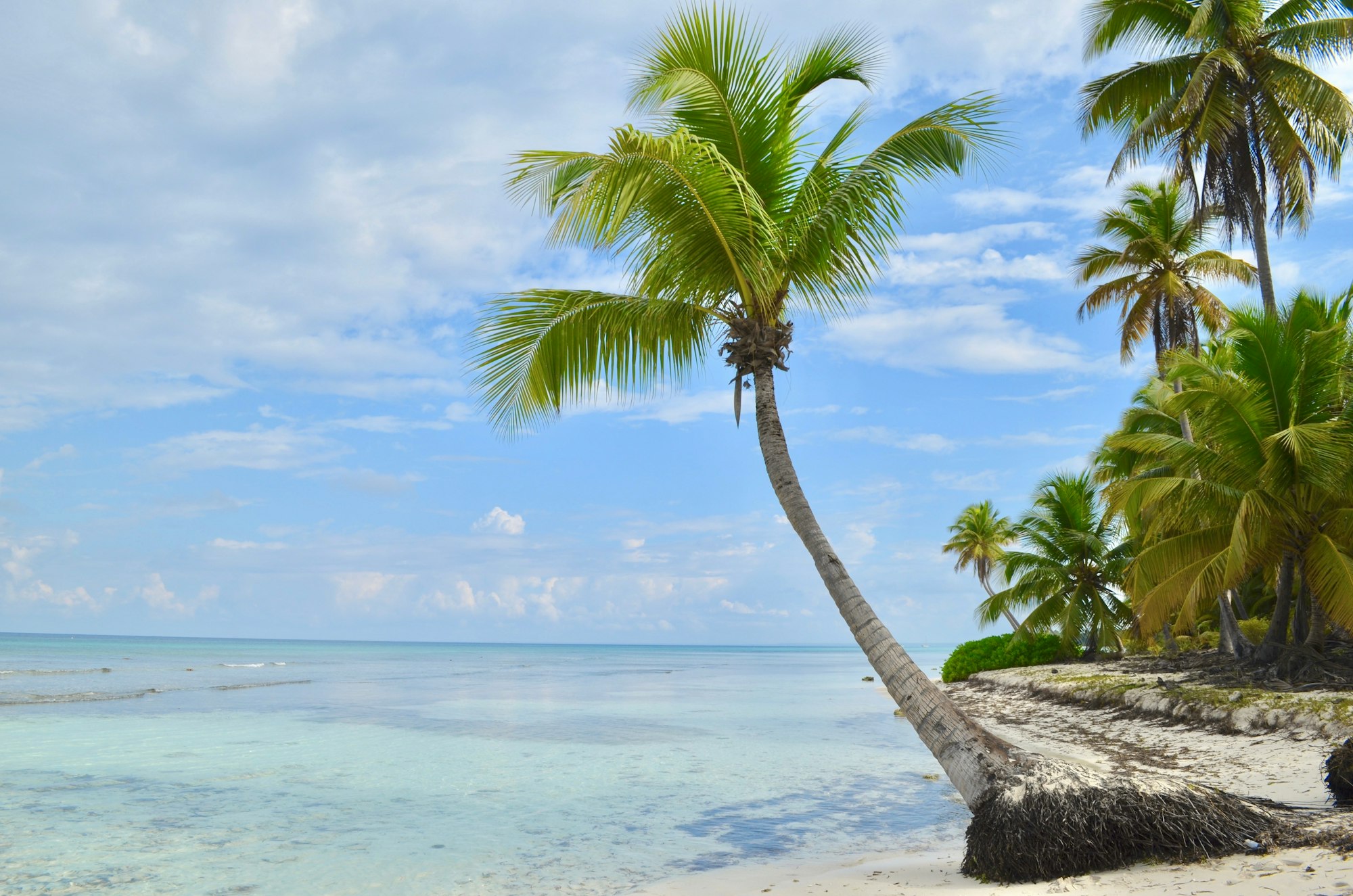The Sunny, Biodiverse Wildlife Inhabiting The Beach

What would a holiday be without a beach? Without the gentle lapping of waves upon the feet, the grains of sand on the skin and the necessary hermit crab pinching the unsuspecting ear while sun-bathing? For most, it would probably be a very ordinary one. Especially with the changes aflicted by the pandemic, the average vacation will understandably be a bit less adventurous than before. At least for me, however, occasionally visiting the beach will always be part of a fruitful time off.
The same is likely always true of the dozens of species that inhabit its buzzling ecology. A beach, after all, is not a lifeless piece of coastline, but a lively habitat that just so happens to neighbour the ocean. Though perhaps not as obvious as the aquatic life in the seas nearby, an amazingly diverse range of animals, plants and microbiota are full-time occupants of the sands and undergrowth the stretch around such places. Just think about it; with the hermit crabs and insects that lie camouflaged in the sand to withhold predators, as well as the seagulls and birds of prey that soar upon the waters, most beaches will be brimming with life at any moment in time. We just are not able to see it.

With this in mind, it is easy to see how oh-so-many civil managers focus only on the physical side of their beach. The threat of erosion and deposition lie constantly in wake, with the ocean being so ever-present in sight, and it is the natural job of the maintanance crew to ensure that they preserve their sand for as long as possible. But the little animals, hidden beneath? Not so important, it would seem. And yet, as with all kinds of ecosystems, the impact of a sandy beach's biodiversity is now known to be crucial to the health of its area. Many do not see this - but the effects of climate change and pollution could quickly make it clear to all.
A Sandy, Splashing Ecosystem
To obtain a representative view of the ecology of sandy beaches, it is important to understand the various types that exist in the first place. Microtidal reflective beaches, as an example, are shores with a narrower stretch of land leading to a sharp incline into the water. Here, tides are smaller and less impactful, preventing rocks from being eroded down into the fine sand that we commonly associate with tourist coastlines. The sand is course, bulkier, and so studies have shown that the combined conditions of such places generally lead to a lower species richness than other marine habitats.
Comparatively, macrotidal dissipative beaches are treasuries of biological happenstance. As the name suggests, these are faced with far greater tide swings around the day, often with tidal ranges that go beyond 4 metres long. They also feature far wider surf zones (sometimes reaching many kilometres in length, with famous examples including the 240-kilometre Praia do Cassino Beach, from Brazil), which consequently dissipates the waves' kinetic energy along the entire beach face. Not only does the gentler incline allow safer maneuverability around the area, but both the calmer waves and more finely processed sand ultimately make for the perfect living zone for a myriad of different species. Small homes can easily be made of burrows in the earth to accommodate for a number of mammals or reptiles, with the flowing tides allowing simple access to the sea.
Dissipative beaches, in other words, have a catalogue in hand. Spread througout the world, vast groups of green sea turtles (Chelonia mydas) hatch from eggs buried in beach sand in the Spring. Visiting places like Ascension Island - located in the middle of the Southern Atlantic Ocean - at just the right time can provide spectacular views of hundreds of sea turtle hatchlings crawling their unerring way into the ocean. Likewise, crustaceans like the Atlantic rock crab (Cancer irroratus) or the Atlantic ghost crab (Ocypode quadrata) hide their eggs underneath the beach sand to eventually give birth to thousands of baby crabs (more formally known as zoeas) year-round. Again, the tranquility of the water assists in their transition from land to water - or vice versa.

Other beach-enjoying land animals include the occasional beach mice (Peromyscus polionotus), living in sand dunes and little cave burrows in the ground, as well as the veritable infestation of sand dweller isopods (i.e., roly polies) that take shade from the blistering sun beneath the sand. Each of these are preyed on by organisms at higher trophic levels. Just as a recap for the non-biologists out there, trophic levels are ecological classifications that zoologists give organisms in a food chain to compare the transfer of chemical energy along an ecosystem, with producers being at the start of the chain and decomposers lying at the end. But I digress.
On an average sandy beach, organisms at the top of the food chain will normally consist mostly of birds of prey. Peregrine falcons (Falco peregrinus) soaring in the sky will dive some distance away from the beach face, reaching astounding speeds of over 200 miles per hour before using their talons to grab hold of the unlucky herrings they happen to see. Ospreys (Pandion haliaetus), with their wide-reaching and cosmopolitan population, appear to take things more nonchalantly. These are known to glide more closely to the water as they search, making opportunistic snatches at fish at the water surface till they can pull one close and carry it onto a perch. Even the largest of birds have been known to take to the beach; both the bald eagle (Haliaeetus leucocephalus) from North America and the Stellar's sea eagle (Haliaeetus pelagicus), amongst others, make their case here.
As is the case with most apex predators, such birds of prey are far and few between, sighted much less frequently than animals at the lower levels of their food web. (Although, I must say, somehow seagulls always seem to be endless at the shore - heaven knows that hearing their cry is practically a part of my standard beach trip by now.) Nonetheless, their presence is a welcome one, being a steady reminder that there are layers to our sandy ecosystem.
In a similar manner, the seals that frequent some northern shores are a good indication that people do not own the beach. It is a shared living space, a habitat for all to enjoy the sea and sun and sand. And seals, for one, seem quite happy to think so; the herds occupying the coastline in New England, for example, have been reported to enjoy their days lazily sunbathing next to the sea, and it just would not do to disturb them. Interestingly, a few species of penguins are also known to live at the beach - particularly their South African variety (Spheniscus demersus) - though it is an unfortunate irony that most individuals nevertheless tend to find themselves at the zoo.

Besides the land animals, there are also the plentiful and likely much more numerous creatures of the sea. Aquatic animals include the immortal jellyfish and the Portuguese man o' war (Physalia physalis), which take advantage of the rolling sea currents to move; sponges and corals, stationary yet breathing, feeding on small critters that they sometimes happen upon; octopuses between the rocks, scavanging for doubtlessly unaware crabs to eat; the myriad schools of sardines, bream, mackerel, halibuts, crookers, sunfish and other small fish vacantly roaming the coasts; and even the occasional larger predators like leopard sharks (Triakis semifasciata) and bottlenose dolphins (Tursiops truncatus), which form striking appearances when you coincidentally scuba dive into their midst.
There are many other types of animals that walk and swim out and about the shore - as I'm sure you will have seen, and probably had for lunch - but only a few species of the same family occupy individual beaches. As a result of the niches and resources they share, interspecific competition usually allows only a select few species to inhabit their own stretch of land. This applies to plants and microbiota, too - though this article would probably never end if I started writing about them all. Just to mention a few, however, think of the macroalgae we see underwater, the kelp forests that provide a habitat to the thousands of different species that fulfill their own separate roles. On land, bushes of sea kale (Crambe maritima) and a few palm trees will similarly decorate the sparse foliage in the surroundings, while small grasses take care to nurture the soil and keep it from drifting down into the water.

All organisms compete with one another. Although this can have the unfortunate consequence of wiping out some of the less fit individuals, it is also the catalyst for the stunning variety that we have the privilege of seeing - both around the beach and in many-a-forest around the world (some of which are occupied by the strangest of ecological phenomena - such as parasitic birds). Natural selection of this kind is continuous and variable, however, and the changes brought about by human civilisation have only exacerbated it. But what, exactly, are we doing to the beach?
Pollution At The Beach
It is common knowledge that global warming, the result of copious quatities of greehouse gas emissions into the atmosphere, is damaging the oceans. This occurs in multiple ways. First, the increasing temperature melts the Artic, raises sea levels and alters atmospheric air convection, altogether leading to more inconsistent ocean currents and warmer lands and waters. How exactly this could impact life on Earth is not totally known - it is a project still undergoing analysis with the help of machine learning and accelerated discovery - but it is safe to say that it would not do us good.
The rise of carbon dioxide levels is worrying by itself, too. Through its dissolution in the sea, it decreases its pH in a catastrophic event known as ocean acidification. Not only would this cause a decline in pH-sensitive species, it would also affect all the other creatures that are dependent upon them to survive. Case in point: coral reefs, some of the most extensive and biodiverse habitats in the world. Already, studies have shown that around half of all total coral reefs since 1950 have been lost to ocean acidification. I expect this will only increase in the future. Then we see the plastic wastes, oil spillages, fracking, sewage discharges, overfishing malpractices...the list goes on...and the rampant destruction that humanity is causing in sea turtles and ospreys and seals (etc.) becomes obvious.
This is not to put you down - I say this to make you aware that we can do better as a species, perhaps by donating to ocean life charities or making your view known in environmental campaigns. Who knows, after all, when we might not see our friends at the beach again?
References
- Barboza, F., Defeo, O. (2015). Global diversity patterns in sandy beach macrofauna: a biogeographic analysis. Scientific Reports 5:14515. Retrieved from https://doi.org/10.1038/srep14515
- Schlacher, A. T., et al (2008). Sandy beach ecosystems: key features, management challenges, climate change impacts and sampling issues. Marine Ecology 29:70-90. Retrieved from http://dx.doi.org/10.1111/j.1439-0485.2007.00204.x
- Parravicini, V., et al (2013). Global patterns and predictors of tropical reef fish species richness. Ecography 36:1254-1262. Retrieved from https://doi.org/10.1111/j.1600-0587.2013.00291.x
- Barnard, P.L., et al (2021). Multiple climate change-driven tipping points for coastal systems. Scientific Reports 11:15560. Retrieved from https://doi.org/10.1038/s41598-021-94942-7
- Escudero, M., et al (2021). Coral Reef Geometry and Hydrodynamics in Beach Erosion Control in North Quintana Roo, Mexico. Frontiers in Marine Science 8. Retrieved from https://doi.org/10.3389/fmars.2021.684732
